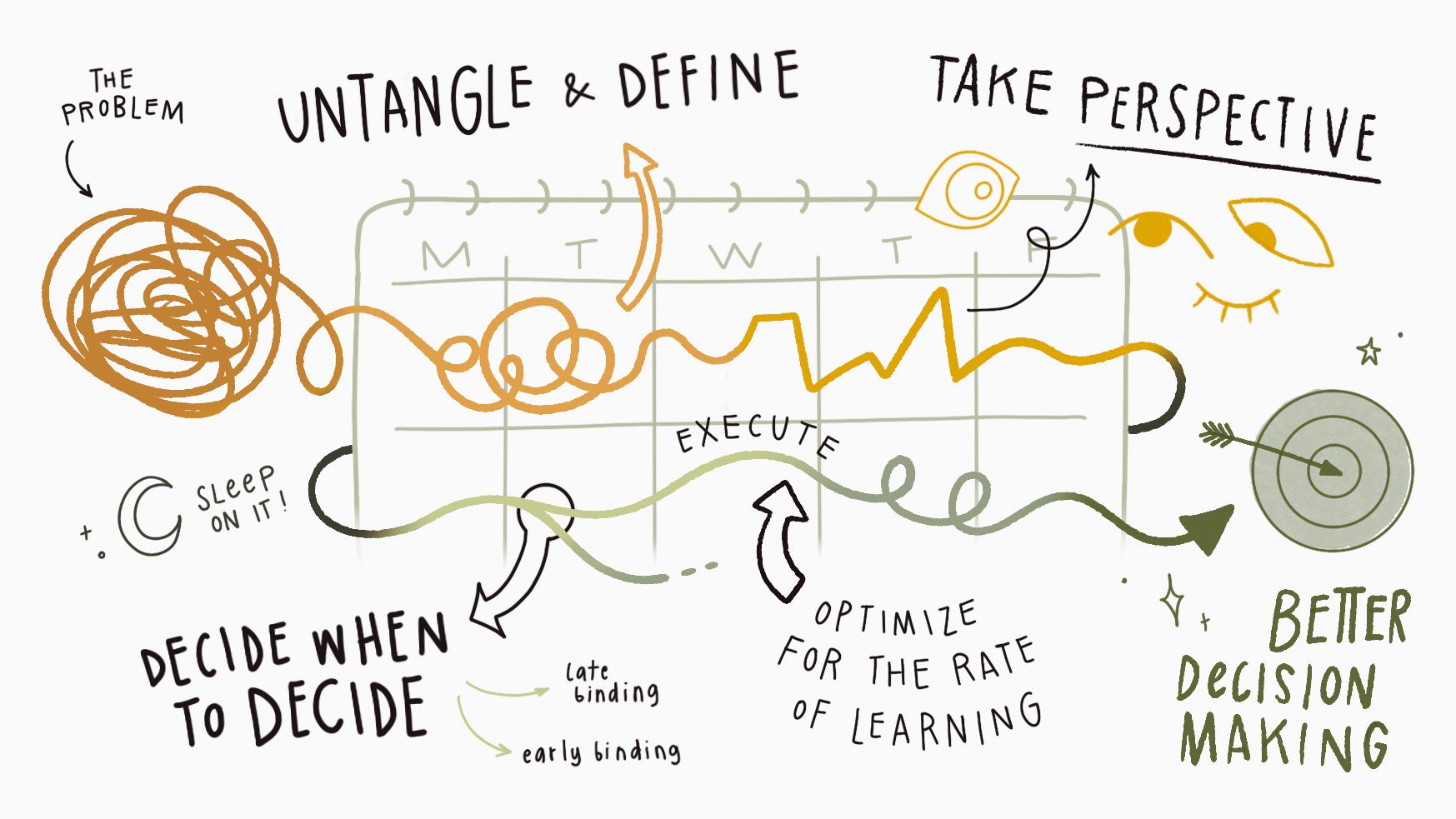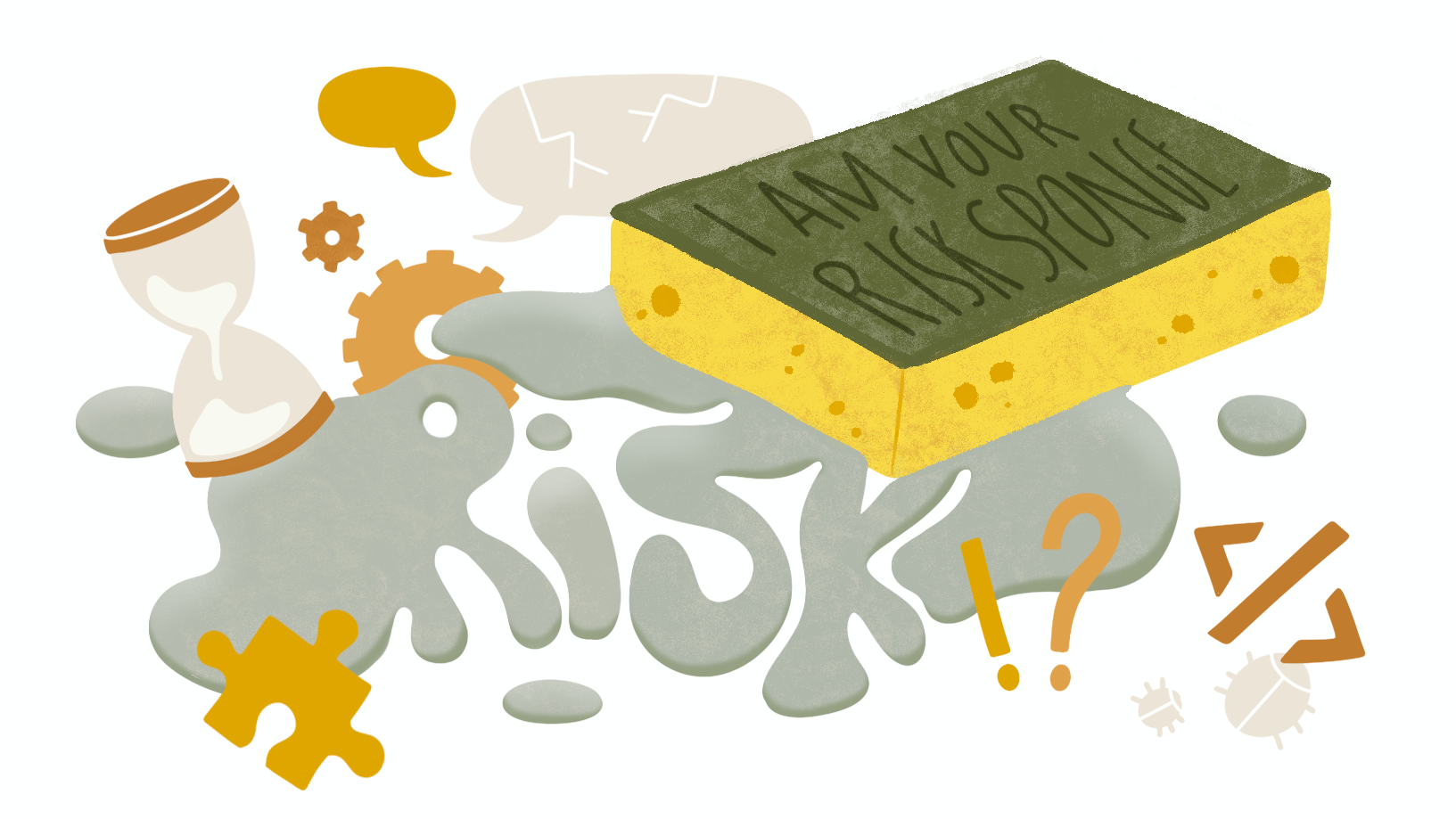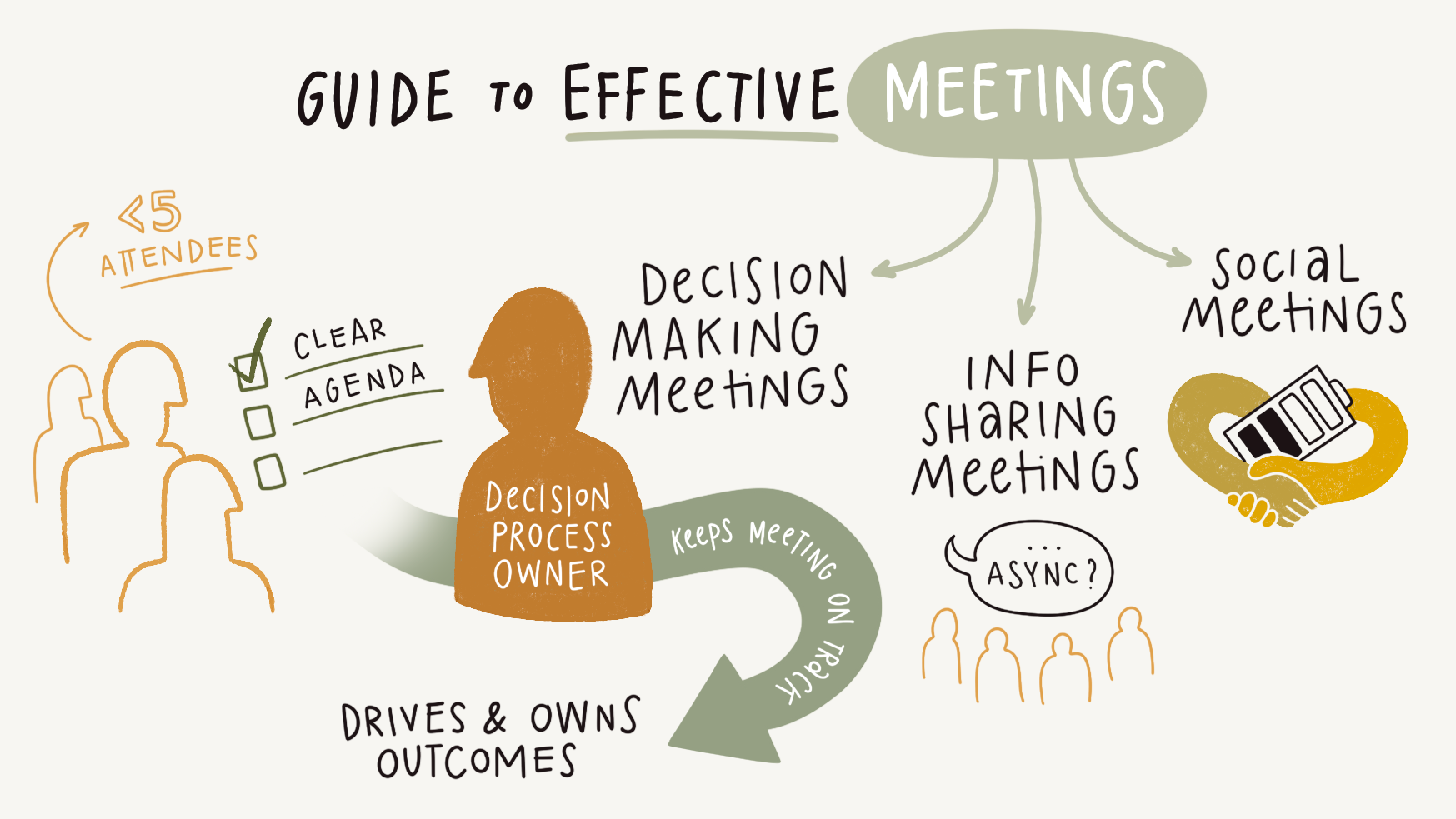Good decision-making is good process
Define the problem in own terms, take perspectives, validate signal, decide when to decide, and execute.

Own the problem and define it in own terms
When handed a problem, resist the immediate urge to find a solution. Take the time to understand the problem and define it in your own terms, this process helps both you and whoever defined the original statement figure out if: you're solving the right problem, you're aligned on the final desired state, and you're not rushing in without examining alternative routes up the mountain.
- Create an explicit boundary between identifying the problem and finding the solution—e.g., the next hour, day, or week is about understanding and defining the shape of the problem; the bigger the problem, the larger the window.
- Once you understand the problem, it's almost always a good idea to sleep on it. We all get tunnel vision. Build in space for the mind to shift focus and re-examine the problem after you had the break before committing to it.
Apply perspective-taking to explore the solution space
We all bring cognitive biases. The explicit ones we love to cast as “experience,” and the implicit ones go unacknowledged. One way to dislodge yourself is to practice structured perspective-taking exercises when examining the solution space.
- Apply time travel as a perspective-taking prompt: what would have to be true for this problem to not exist in the first place; what needs to be true 1, 3, or 5 years out for this problem to remain solved?
- Backcast from the finish instead of solution forward. You've crossed the finish line: what did you do to arrive there; what dependencies had to align, and what were the 3/4, halfway, and 1/4 milestone checkpoints and signals of being on or off track?
- Many decisions appear binary on the surface but don't have to be: what would happen if existing options were eliminated; instead of an "OR," what if it's an "AND," and what may that imply?
Gather good information, assess and validate noise levels
When defining the problem, and evaluating solutions, be careful about operating on multi-hop information. With each hop, the signal deteriorates rapidly: missed nuance, selective editing, and retelling. Validate critical facts and assumptions.
- Go to the source: vet critical assumptions and facts across levels and sources.
- Run experiments: run throw-away experiments; hands-on experience is gold.
- Practice asking better questions: don't ask what an expert thinks; ask how they think and derive your own answer.
Know when to decide
Being right is overvalued. Being a good learner is undervalued. The critical meta-skill is distinguishing whether a decision benefits from early- or requires a late-binding process.
Most reversible decisions benefit from early-binding; a negative result from an early-binding decision is a positive discovery, backtrack and try another route. The learning rate is often far higher—and sometimes only possible through—hands-on experimentation. Hard-to-reverse decisions require more and more thorough upfront due diligence and, if not handled appropriately, can lead to paralysis by analysis. Break down big decisions into small (reversible and early-binding) experiments to evaluate and gather necessary inputs.
A common pitfall is our universal desire to be right™. Instead of optimizing for the rate of learning, we seek to reduce the error rate, which leads to over-analysis and slower and poorer long-term execution. Commit early, celebrate negative discoveries, and iterate quickly; practice early-binding decision-making.
- Most decisions are reversible and can be made with early-binding context: based on partial information, applied judgment, and a quick feedback cycle to re-aim if necessary. Optimize for learning and hands-on experimentation—see, gather good information—high-quality decision-making is built on a tension of due process, velocity, and judgment.
- Some decisions are hard to reverse and should be made with late-binding context: break down the inputs and questions you need to answer, and run low-cost experiments and simulations to gather better signals. Keep your options open until the decision has to be made, and use the allotted time for hands-on due diligence.
- When the time has come to make a decision, pause and introspect: am I doing it right, or am I meeting a deadline; if emotions are triggered, that's a sign to pause and give yourself a buffer to reevaluate.
Developing judgment of others is the essence of leadership
Good decision-making is a good process used intentionally. Focus on the quality of inputs and be deliberate in distinguishing the type of decision at hand: most are reversible, and many that are cast as one-way can be broken down into smaller reversible experiments.
Optimize for the rate of learning from both the positive and negative outcomes—a good decision does not always result in a good outcome, that does not mean it was a bad decision. Applied at an individual scale, this is the art of better decision-making and applied well at a group, team, or company scale, it’s the essence of great leadership.
Subscribe to Ilya Grigorik's essays
Receive latest updates in your email inbox




